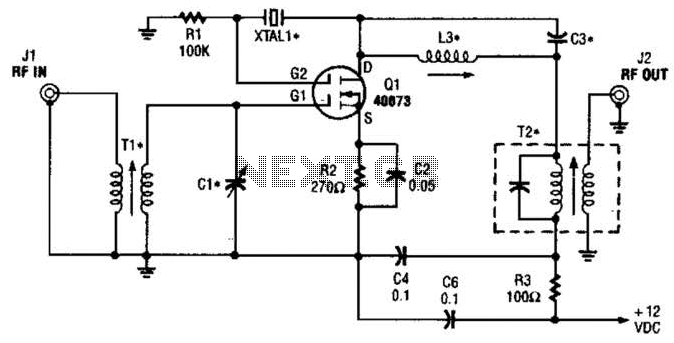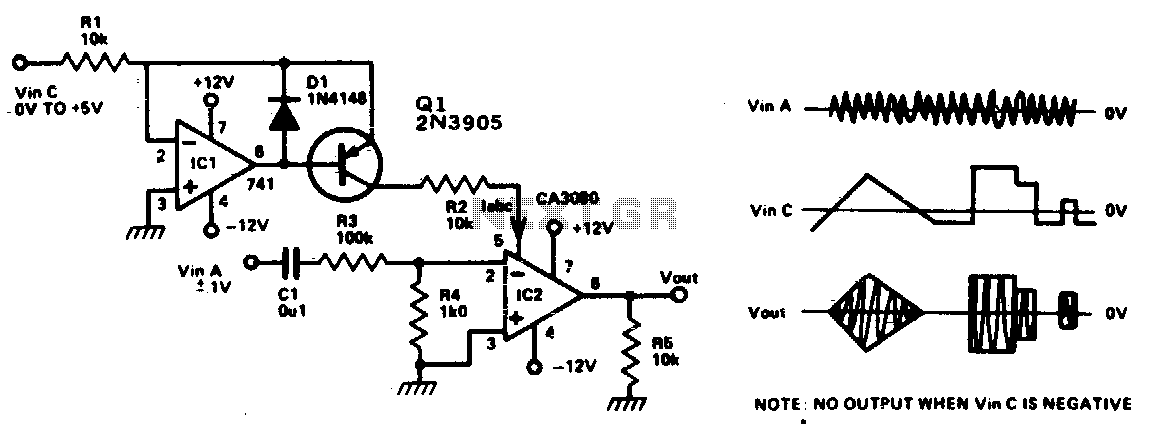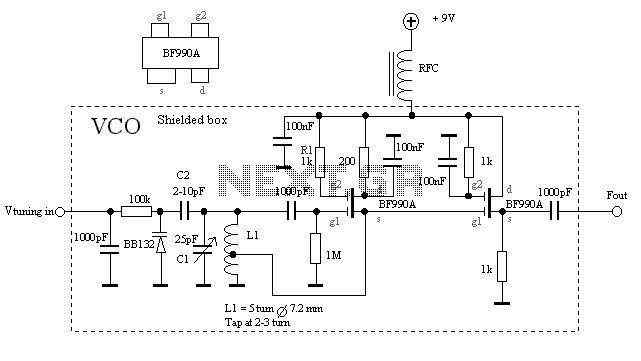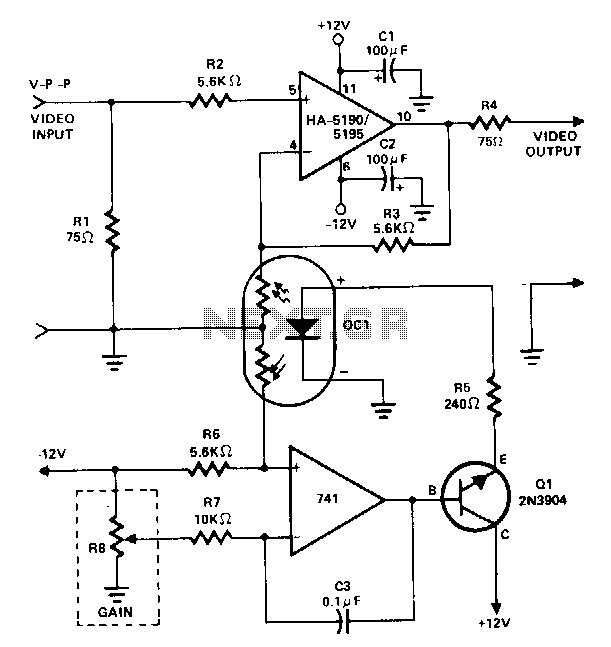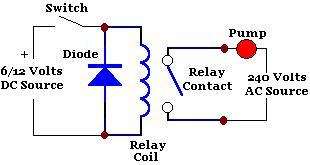
MIDI controlled switches

It can drive up to 128 individual relays, solenoids, motors, fireworks, pyrophones, etc. With a MIDI note-on message you may switch on one of the 128 LEDs (or relays). Outputs may be switched off by sending a note-off message, or by a note-on with zero velocity. The device understands running status messages. It does not react to an all-notes-off message, but, with some additional logic gates, it won’t be very hard to implement that yourself. The device only responds to the MIDI-channel selected by the 4 switches (when no switches are closed, channel 0 is selected). I did not incorporate an omni-switch, but it won’t be hard to add that yourself. The quartz crystal and the 74393 provide timing functions.
The described device functions as a versatile MIDI-controlled interface capable of managing a wide array of outputs, including relays, solenoids, motors, and other electromechanical devices. The core of this system is a MIDI interface that interprets note-on and note-off messages. Upon receiving a note-on message, the device activates the corresponding output, which can be one of 128 individual channels, each capable of controlling an LED or a relay. The note-off messages serve to deactivate these outputs, while a note-on message with a velocity of zero can also be utilized for the same purpose.
The design incorporates a 4-switch mechanism that allows the user to select the MIDI channel to which the device will respond. If no switches are closed, the device defaults to channel 0. This selection mechanism is crucial for ensuring that the device can operate in a multi-channel setup, allowing for precise control over multiple outputs simultaneously.
In terms of additional functionalities, the device is designed to understand running status messages, which optimizes MIDI data transmission by allowing consecutive messages to be sent without repeating the status byte. However, it does not respond to an all-notes-off message, which is a standard MIDI command. Implementing additional logic gates could enable this feature, providing further flexibility in output control.
The timing functions of the device are facilitated by a quartz crystal oscillator and a 74393 binary counter IC. The quartz crystal ensures accurate timing signals, which are essential for maintaining synchronization with MIDI messages. The 74393 serves as a counter that can be configured to generate the necessary timing pulses for the device’s operation.
Overall, this device presents a robust solution for controlling multiple outputs in a MIDI environment, with potential for customization and expansion based on user requirements.It can drive up to 128 individual relais, solenoids, motors, fireworks, pyrophones, etc. With a MIDI note-on message you may switch on one of the 128 LEDs (or relais). Outputs may be switched off by sending a note-off message, or by a note-on with zero velocity. The device understands running status messages. It does not react to an all-notes-off message, but, with some additional logic gates, it won`t be very hard to implement that yourself. The device only responds to the MIDI-channel selected by the 4 switches (when no switches are closed, channel 0 is selected). I did not incorporate an omni- switch, but it won`t be hard to add that yourself. The quartz crystal and the 74393 provide t 🔗 External reference
The described device functions as a versatile MIDI-controlled interface capable of managing a wide array of outputs, including relays, solenoids, motors, and other electromechanical devices. The core of this system is a MIDI interface that interprets note-on and note-off messages. Upon receiving a note-on message, the device activates the corresponding output, which can be one of 128 individual channels, each capable of controlling an LED or a relay. The note-off messages serve to deactivate these outputs, while a note-on message with a velocity of zero can also be utilized for the same purpose.
The design incorporates a 4-switch mechanism that allows the user to select the MIDI channel to which the device will respond. If no switches are closed, the device defaults to channel 0. This selection mechanism is crucial for ensuring that the device can operate in a multi-channel setup, allowing for precise control over multiple outputs simultaneously.
In terms of additional functionalities, the device is designed to understand running status messages, which optimizes MIDI data transmission by allowing consecutive messages to be sent without repeating the status byte. However, it does not respond to an all-notes-off message, which is a standard MIDI command. Implementing additional logic gates could enable this feature, providing further flexibility in output control.
The timing functions of the device are facilitated by a quartz crystal oscillator and a 74393 binary counter IC. The quartz crystal ensures accurate timing signals, which are essential for maintaining synchronization with MIDI messages. The 74393 serves as a counter that can be configured to generate the necessary timing pulses for the device’s operation.
Overall, this device presents a robust solution for controlling multiple outputs in a MIDI environment, with potential for customization and expansion based on user requirements.It can drive up to 128 individual relais, solenoids, motors, fireworks, pyrophones, etc. With a MIDI note-on message you may switch on one of the 128 LEDs (or relais). Outputs may be switched off by sending a note-off message, or by a note-on with zero velocity. The device understands running status messages. It does not react to an all-notes-off message, but, with some additional logic gates, it won`t be very hard to implement that yourself. The device only responds to the MIDI-channel selected by the 4 switches (when no switches are closed, channel 0 is selected). I did not incorporate an omni- switch, but it won`t be hard to add that yourself. The quartz crystal and the 74393 provide t 🔗 External reference
